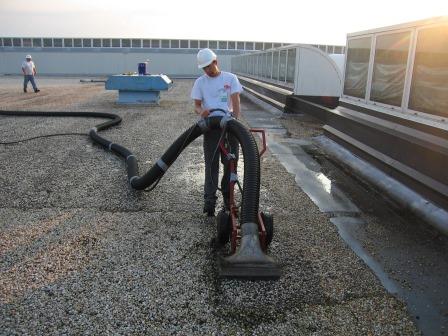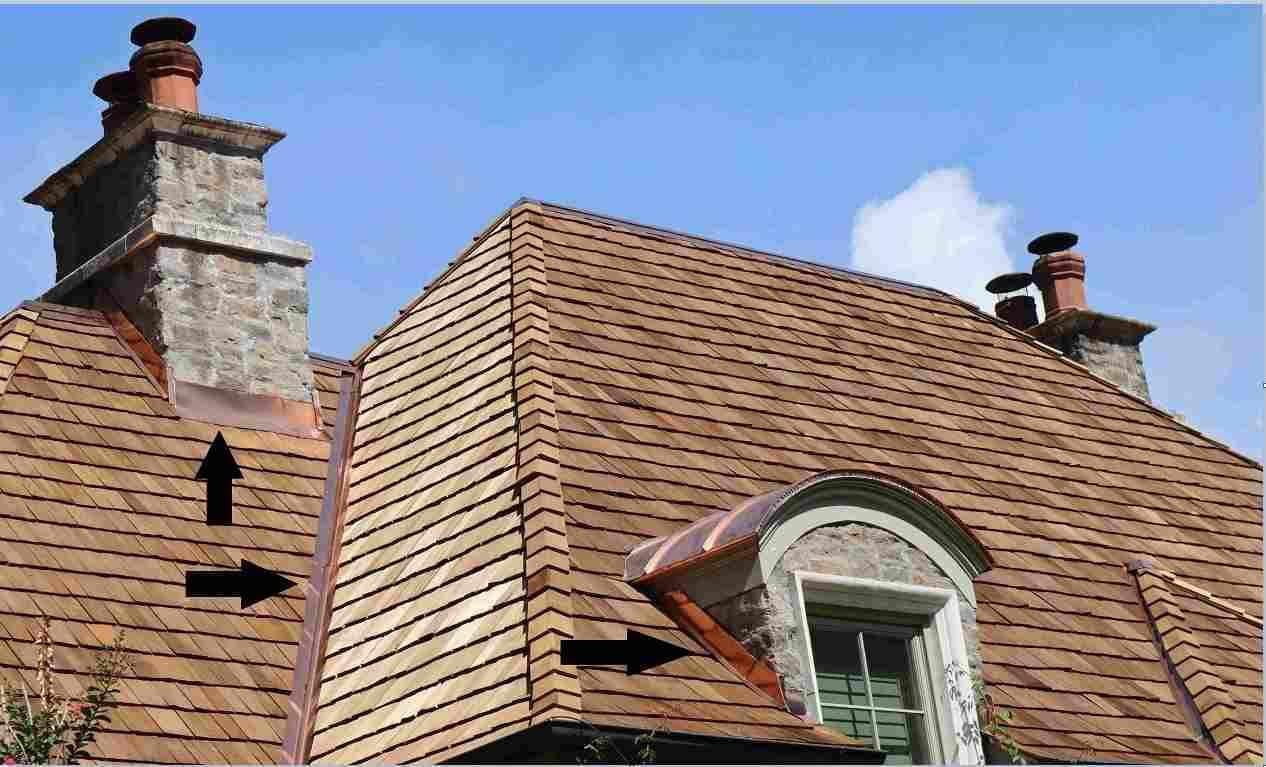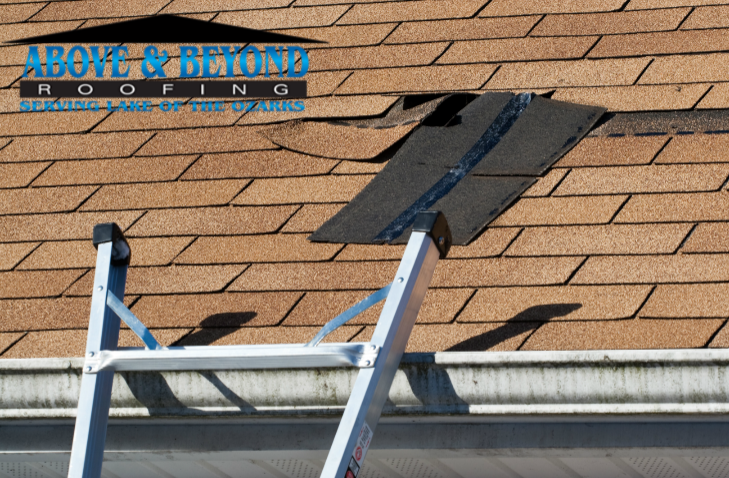 Elastomeric Roof Coating
Elastomeric Roof Coating
If you think you'll be conserving the roof decking plywood (not changing it), then you may save yourself some cleanup problem by eliminating the fixtures initially and then peeling up the rubber! Detail of water damage on camper roof. More water harmed locations on Recreational Vehicle roof decking. There was absolutely nothing really dreadful that made me feel like I was going to fail, however certainly a lot of damage and I was getting the feeling I would be changing a great deal of the roofing decking plywood.
 Uniflex Acrylic Elastomeric Coating Spec For Metal Roofs
Uniflex Acrylic Elastomeric Coating Spec For Metal Roofs
Like It: roofing contractors oro valley https://blogfreely.net/godiedxlba/may-you-like-the-finest-rv-roofing-system-sealant-exhaust-vents-noticeable
I chose the easiest one initially, a vent cap from a kitchen area sink plumbing vent pipeline. Beginning to scrape caulk and sealant. I used a stiff scraper with a chisel-like blade and just started spying and chipping and scraping and hacking. There is no other method around this, you just have to begin digging up until you expose the screw heads.
Loosening the screws in vent cap. The screws on this vent cap were hex-head metal screws so I utilized a small socket chauffeur to remove them. Some came out clean. Others were rusted and I needed to utilize a vice-grip pliers to get the heads and turn them bit by bit.
I discovered an old wasp nest inside the vent cover. This is a sight I'll most likely have to get used to, finding the remains of animal habitation in every nook and cranny. I invest a dreadful great deal of my time developing excellent wildlife environment in my yard so I don't get offended when a creature picks to set up house in my Recreational Vehicle.
United Coatings Roof Coat Elastomeric Coating
Thankfully no one was home in this old nest so I just tossed it. Perhaps I'll put a screen over it when changing it. Which brings us to the next point. You must try not to harm these pieces (like vent covers and caps) as you're removing the old caulk and sealant just in case you need to utilize them again.
(Guess I'll learn when the roofing system is done!) Prying up the vent cap and eliminating the last ring of rubber roofing system underneath. So I pried up the remainder of the cap and scraped up the staying rubber roof and butyl tape and putty and 25 years of other gunk and here's how it looks cleaned up.
 Kool Seal Elastomeric Roof Coating
Kool Seal Elastomeric Roof Coating
One down, 7 more fixtures to go. Next I decided to deal with the only roof ventilation fan that my camper has. My roof vent also had a vent cover over it. So I began scraping the gunk from those screws. Starting on the roofing system vent. Hardware exposed on roof vent cap, the first nut came off clean.
 Uniflex Elastomeric Coating System For Metal Roofs
Uniflex Elastomeric Coating System For Metal Roofs
Bolt is spinning. The fasteners on this RV roof vent cover were nuts on small bolts. The first one came off fine with an extension socket set. The second one simply started spinning, suggesting the bolt was not fixed in place but turning along with the nut. Downer. A peek at the hardware holding down the roofing vent cover.
White Elastomeric Roof Coating
I didn't have any good way to hold the bolt in location so rather I chose to saw through the bolts with a reciprocating saw. Sawing through bolts on roof vent cover. I used a cordless reciprocating saw with a metal-cutting blade but it was challenging to get the blade flat adequate to reach the bolts so near to the roofing system deck. The majority of were so old and rusted that they sheared off when I loosened then with a lot of force. Loosening the brackets that held the vent cover in place. Then I scraped more caulk and roofing sealant off the flange of the roofing vent itself. I soon discovered there disappeared screws or hardware holding it down so I gave up on the scraping and went inside the Recreational Vehicle After scraping the caulk and sealant from flange of roofing vent, say goodbye to screws! Loosening the inside cover plate of roof vent fan in RV bathroom.
A couple sheared off with a great deal of force, however 2 would not budge. So I needed to drill out the screw heads. I picked a drill bit near the size of the shaft of the screws that I had currently pulled out and began drilling. Choosing a drill bit for drilling out a screw head.
Security glasses suggested. So I drilled out the heads, one popped off and the other I was getting frustrated with and gave it a tug prior to it was drilled through. Rather of popping off the screw head, the plastic simply dissolved around the hot screw head. Whoops. Hope I do not need to recycle this cover.
If not, I'll require broader screw heads when re-assembling. Cover plate eliminated from roof vent. Next I discovered little corner brackets with hex-head bolts holding them in. I loosened them (all came out fine luckily) and pulled out the brackets and little white plastic spacers. Loosening corner brackets in roofing vent.
A Coatings Specialist Explains How To Correctly Apply Roof Coating
https://www.youtube.com/embed/0Fr02ynpM70
All corner brackets eliminated, ready to pull out. As soon as the brackets were out I went back up top to pry out the the roofing system vent. Then I scraped up all the staying gunk and rubber roofing. Raising off the old roofing system vent. There are two wires going to the roof vent (a black hot wire and a white neutral wire) that you'll require to clip to remove the old vent.

 Log in with Facebook
Log in with Facebook 
 United Coatings Roof Coat Elastomeric Coating
United Coatings Roof Coat Elastomeric Coating Pro-q 7-year White Elastomeric Roof Coating
Pro-q 7-year White Elastomeric Roof Coating How Roof Flashing Works
How Roof Flashing Works Roof Flashing -- A Basic Guide To The Different Types
Roof Flashing -- A Basic Guide To The Different Types 6 Warning Signs Your Roof Needs Replacing
6 Warning Signs Your Roof Needs Replacing Know The Important 8 Warning Signs Your Roof Is Failing
Know The Important 8 Warning Signs Your Roof Is Failing 7 Common Causes Of Early Roof Failure – Advanced Roofing Tips
7 Common Causes Of Early Roof Failure – Advanced Roofing Tips Roof Maintenance Checklist: Four Problems To Look For
Roof Maintenance Checklist: Four Problems To Look For




